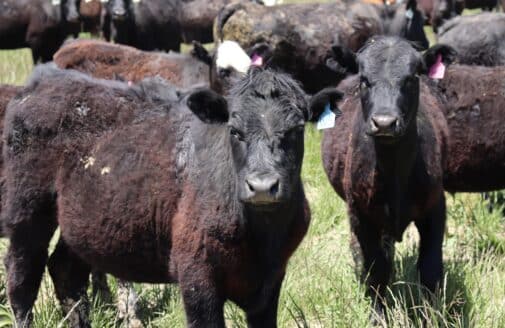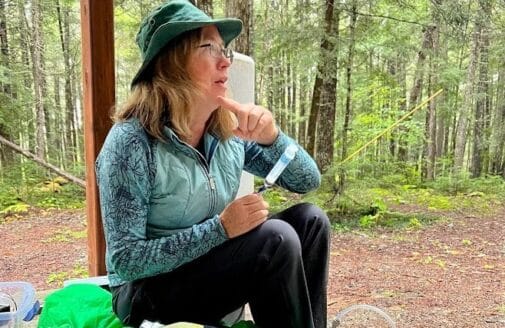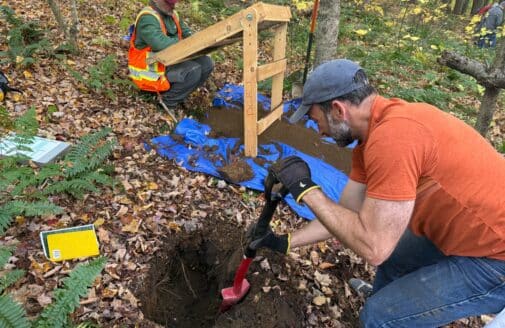Policy opportunities for climate smart agriculture

U.S. growers are struggling to remain profitable, production expenses1 have increased2, government payouts to farmers are breaking records, and the acceleration of per acre productivity seen over the past century is slowing3. Simultaneously, soil health has declined, and extreme weather events are proliferating, exacerbating the negative impacts of climate change. Our climate and the economic resiliency of our rural communities are compromised. Farmers need ways to increase their profitability and resilience if they are to continue farming, feeding our population, and fueling our economy for decades to come. Climate smart agriculture presents an opportunity to leverage proven agricultural management practices to improve rural livelihoods via enhanced grower profitability, and to enhance environmental and economic security through restored and more resilient lands.
Despite growing interest from the voluntary carbon market, and decades of effort by government agencies, advocacy groups, and grower initiatives, adoption of climate smart agricultural practices remains limited. The federal government can play a critical role in catalyzing practice adoption and carbon market participation by instituting policies that:
- decrease barriers to adoption of climate smart practices, and amplify awareness and assistance;
- offset cost risk for growers via incentives, including transition payments and tax credits; and
- endorse rigorous standards for the measurement, verification, and monetization of on-farm carbon
A variety of policy opportunities can be pursued, including endorsing quality criteria via the Growing Climate Solutions Act (GCSA), developing a carbon bank, supporting a price on carbon, expanding tax credits and low carbon fuel standards, modifying existing policies that currently impede widespread regenerative practice adoption, and supporting research and private-public sector work on soils, management practices, and carbon.
New policies that encourage climate smart activities on working lands can be implemented in a way that is compatible with existing programs that benefit farmers and ranchers. Conservation programs including CSP, EQIP, the grassland reserve program, the farmable wetlands program, and the conservation technical assistance program should continue to be funded. Working lands policies will complement established programs by allowing farmers to maintain productivity and profitability, while minimizing leakage.
The policies recommended here allow private markets and voluntary efforts to thrive, while avoiding the costs, consolidation, and burden associated with heavy-handed regulation. Regulation would inhibit the ability of individual producers and actors to make the decisions that are best suited for their unique circumstances, and would add costs via procedural requirements and administrative burden.
Given the array of policy opportunities and the importance of the US agricultural system for food, fuel, and its role as an economic engine in rural communities, agriculture presents an opportunity to advance meaningful policy instruments in a unified, bi-partisan manner.










